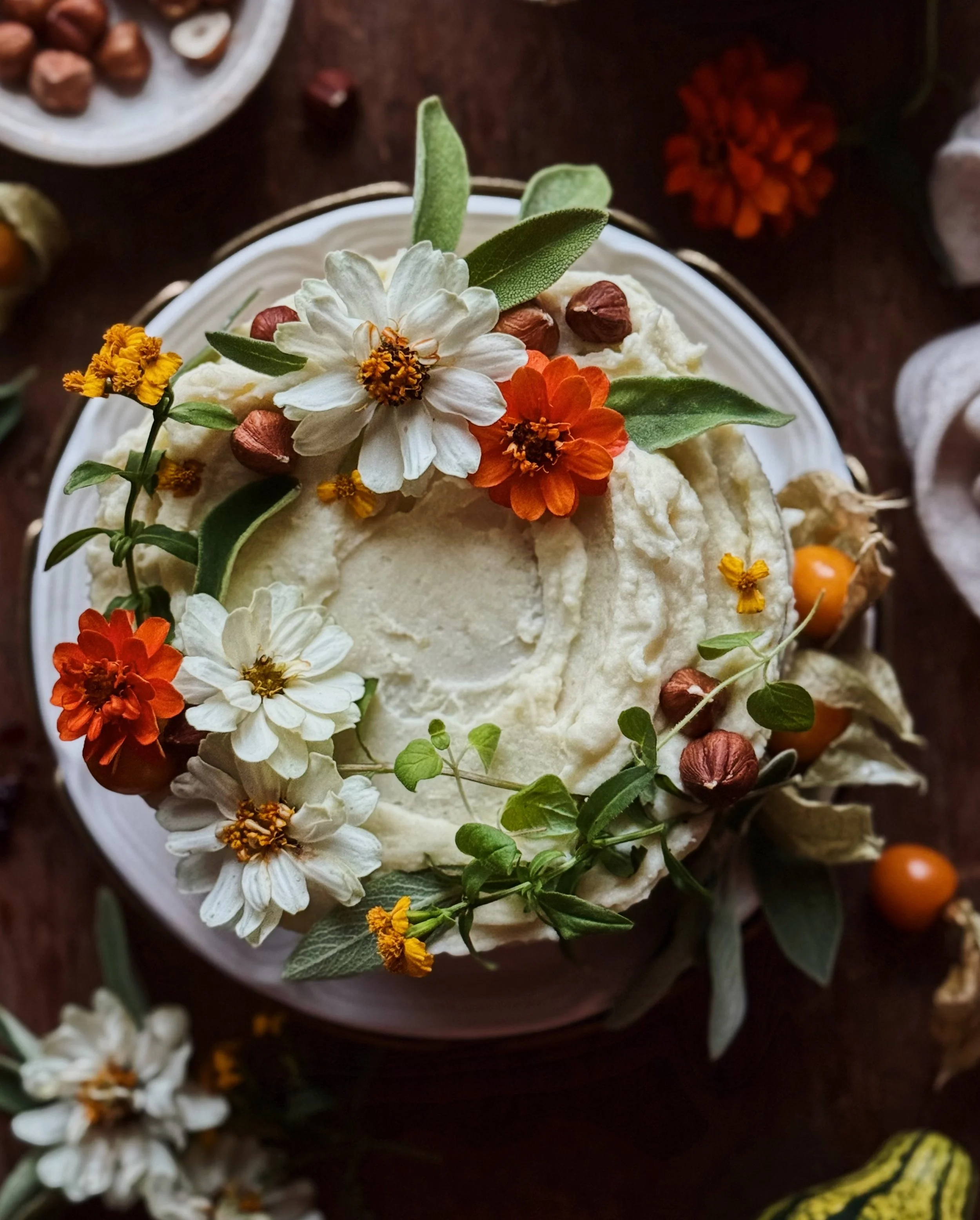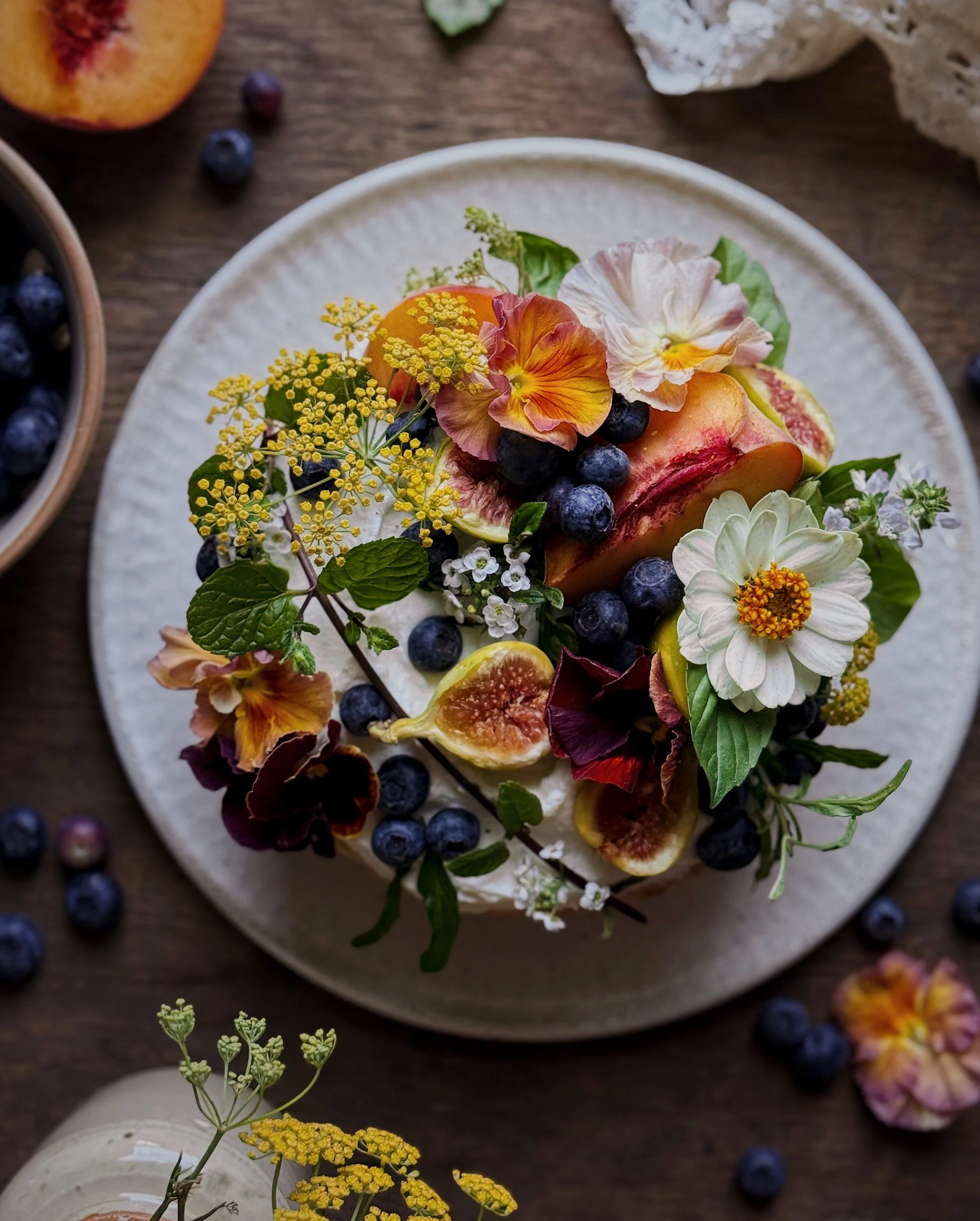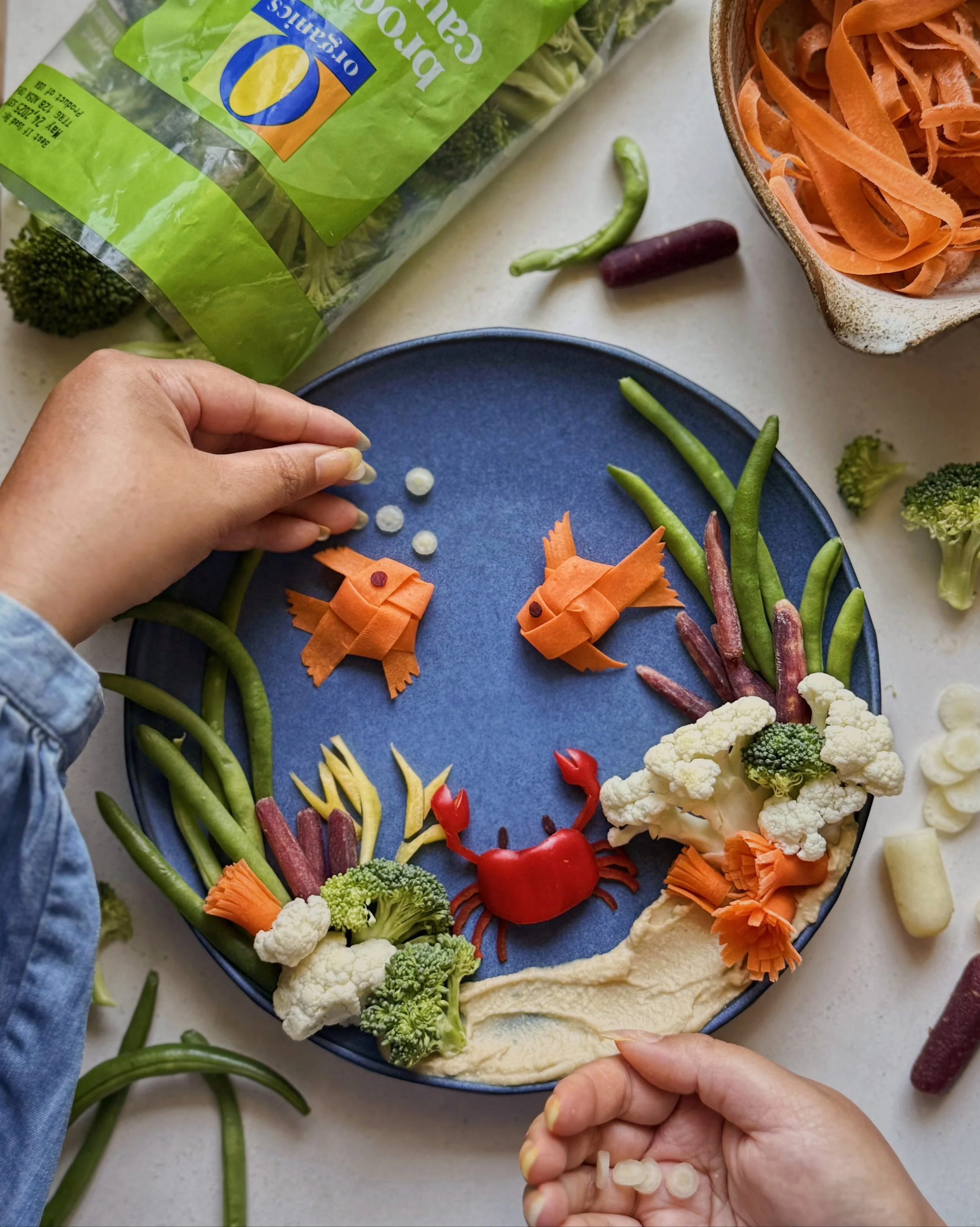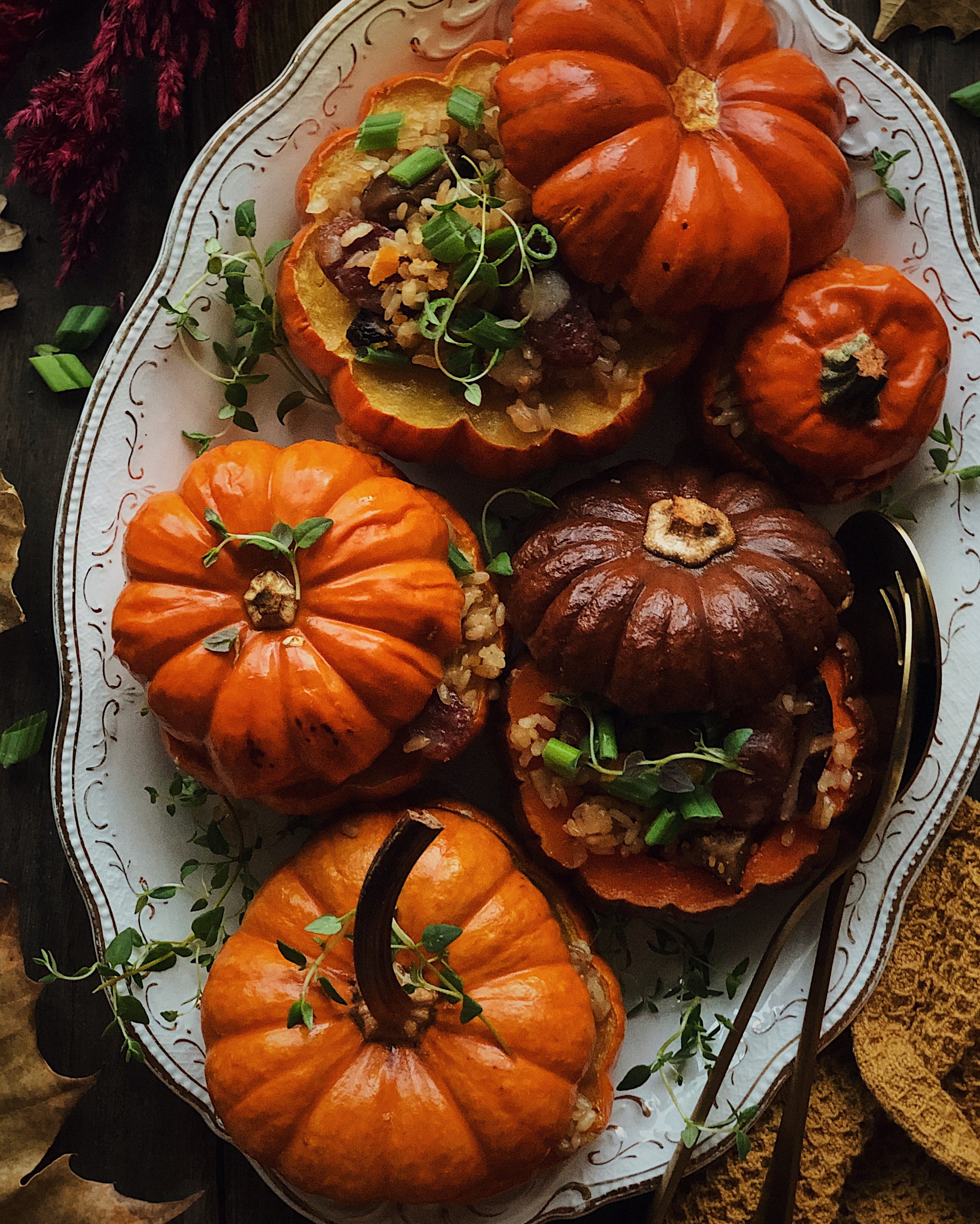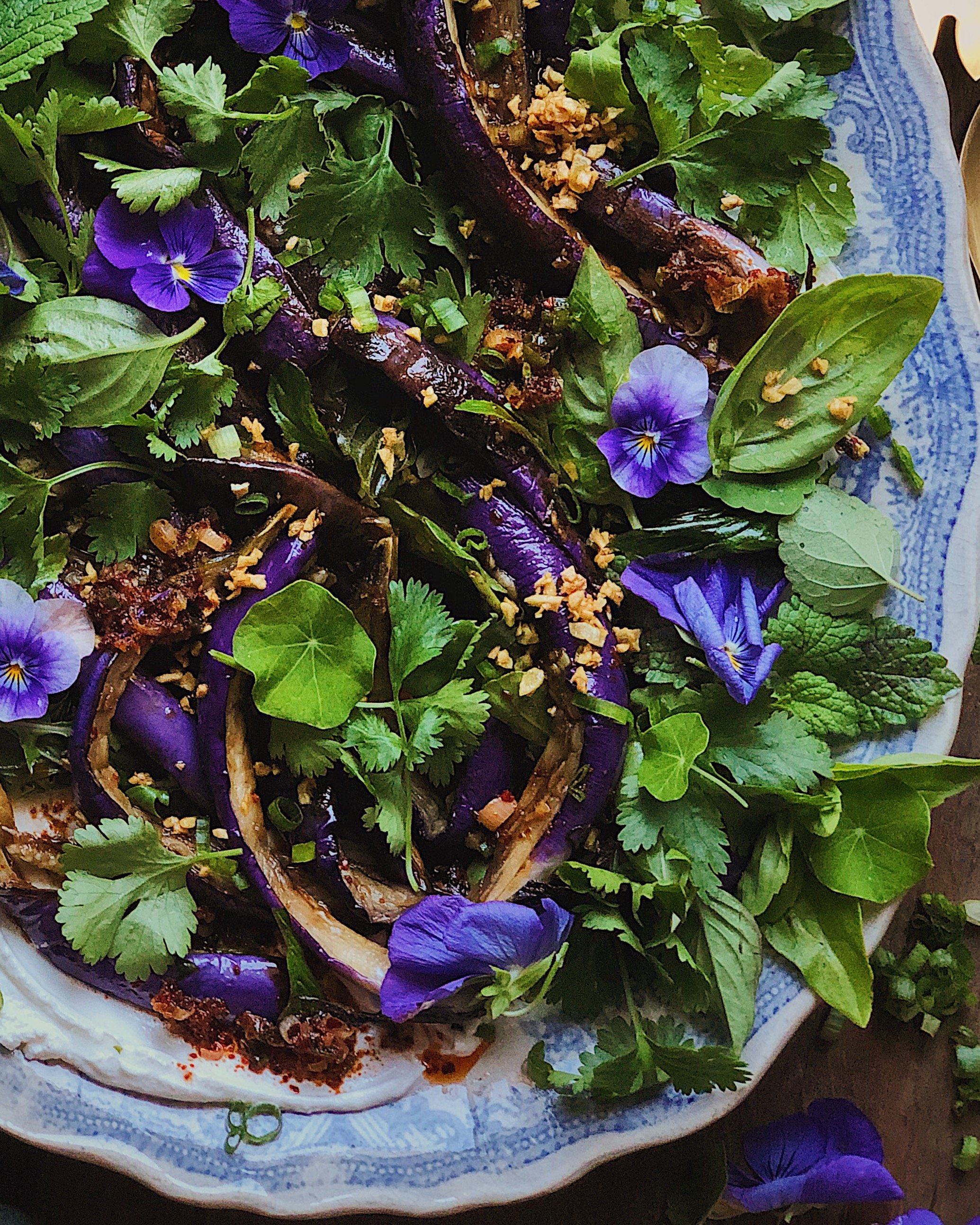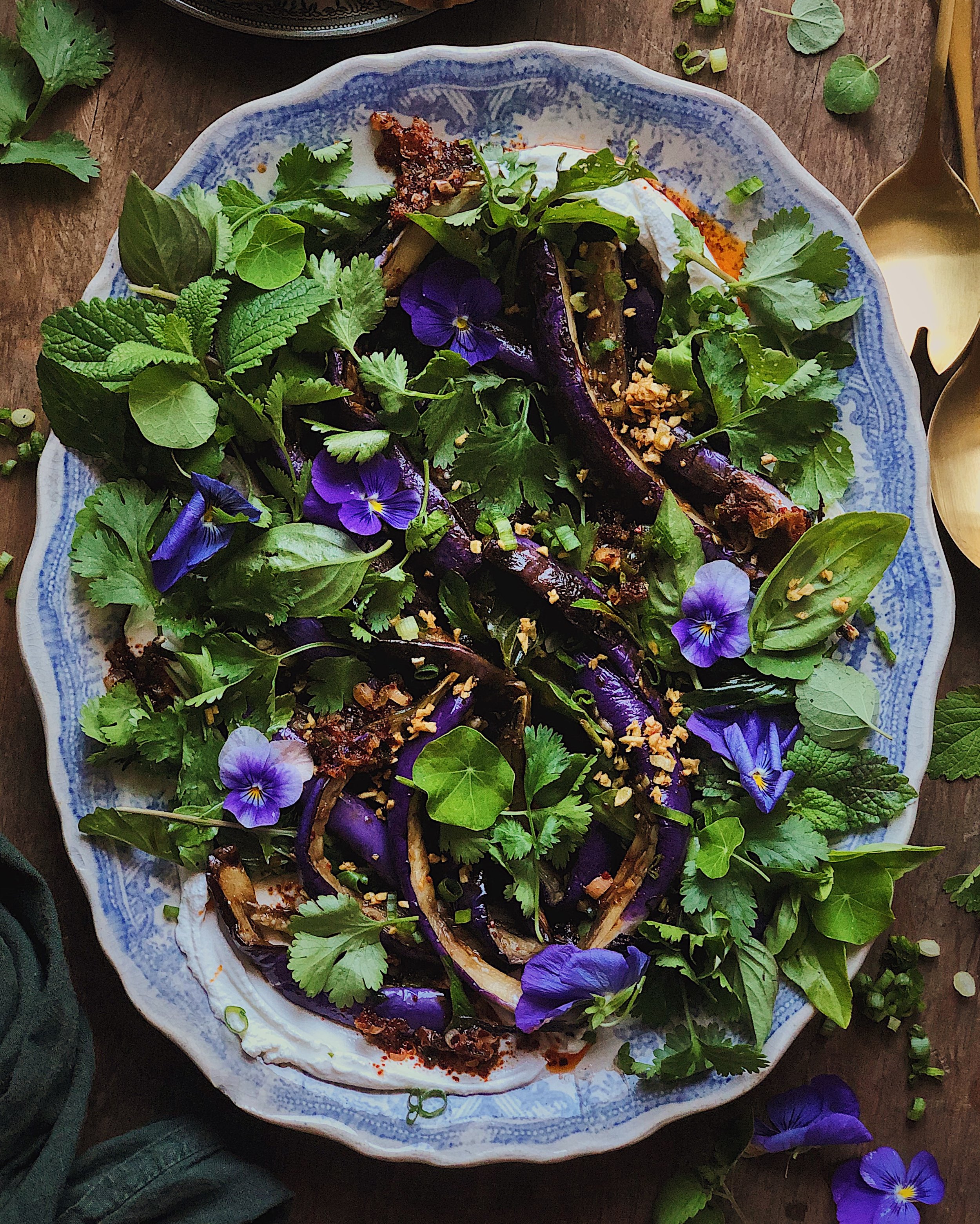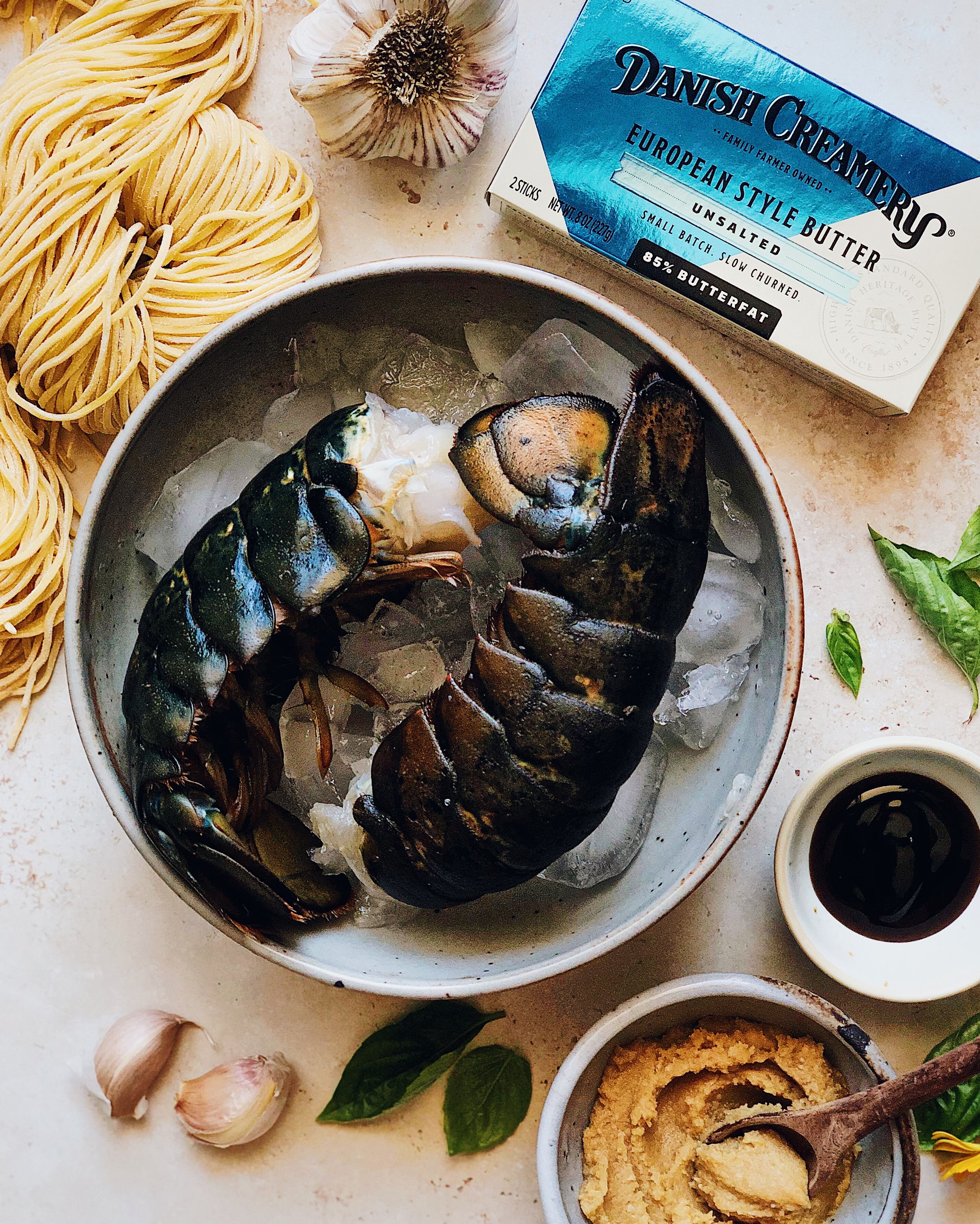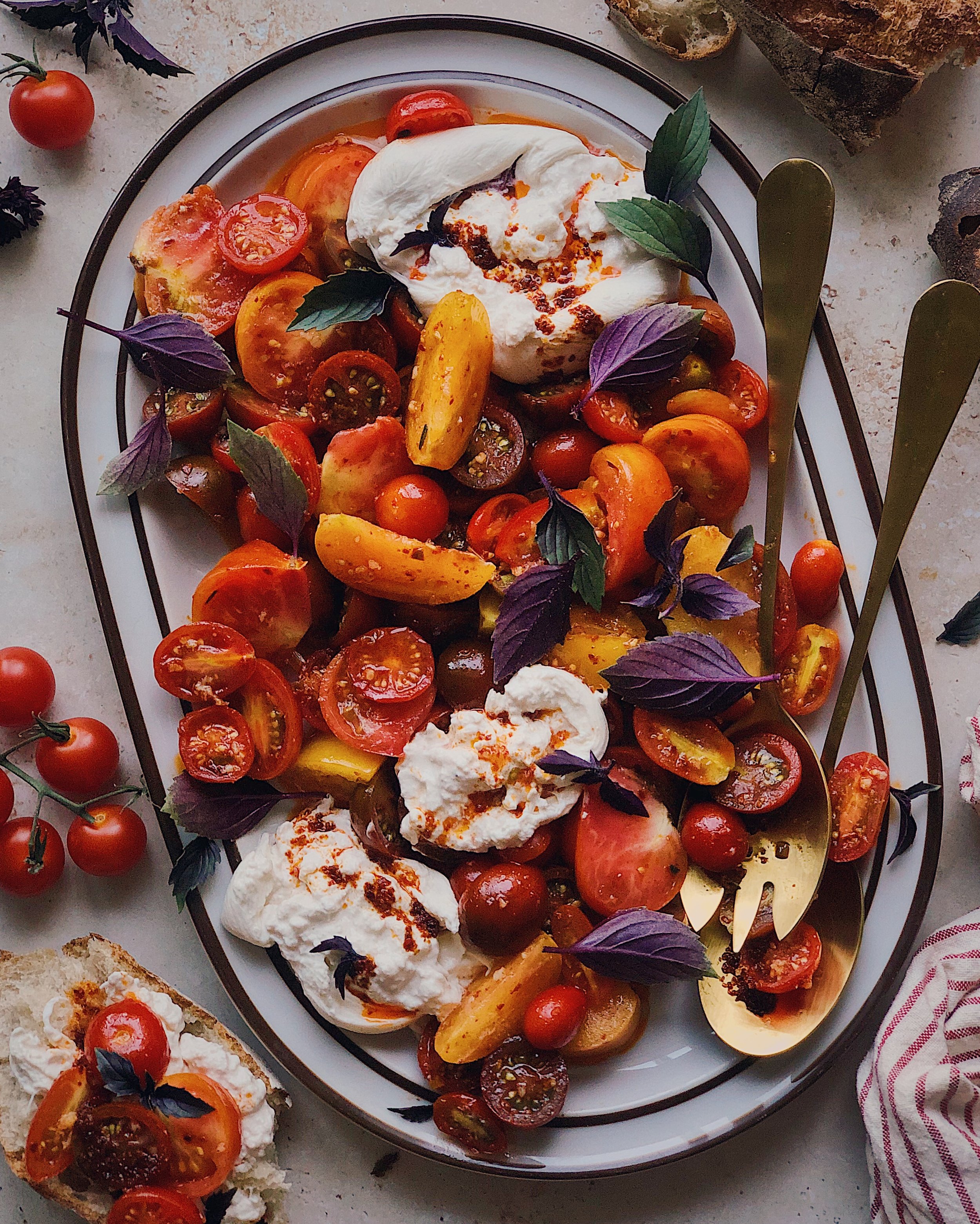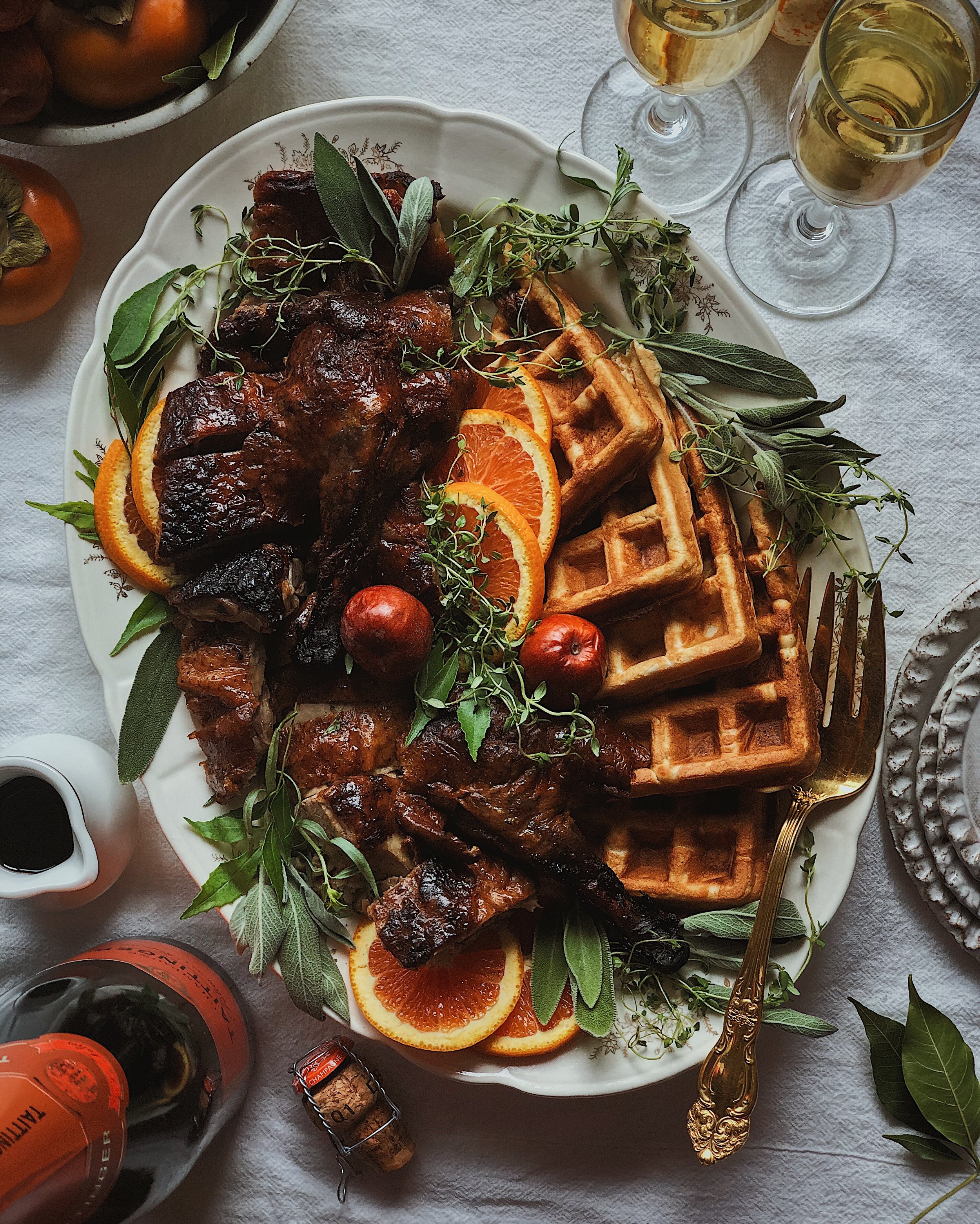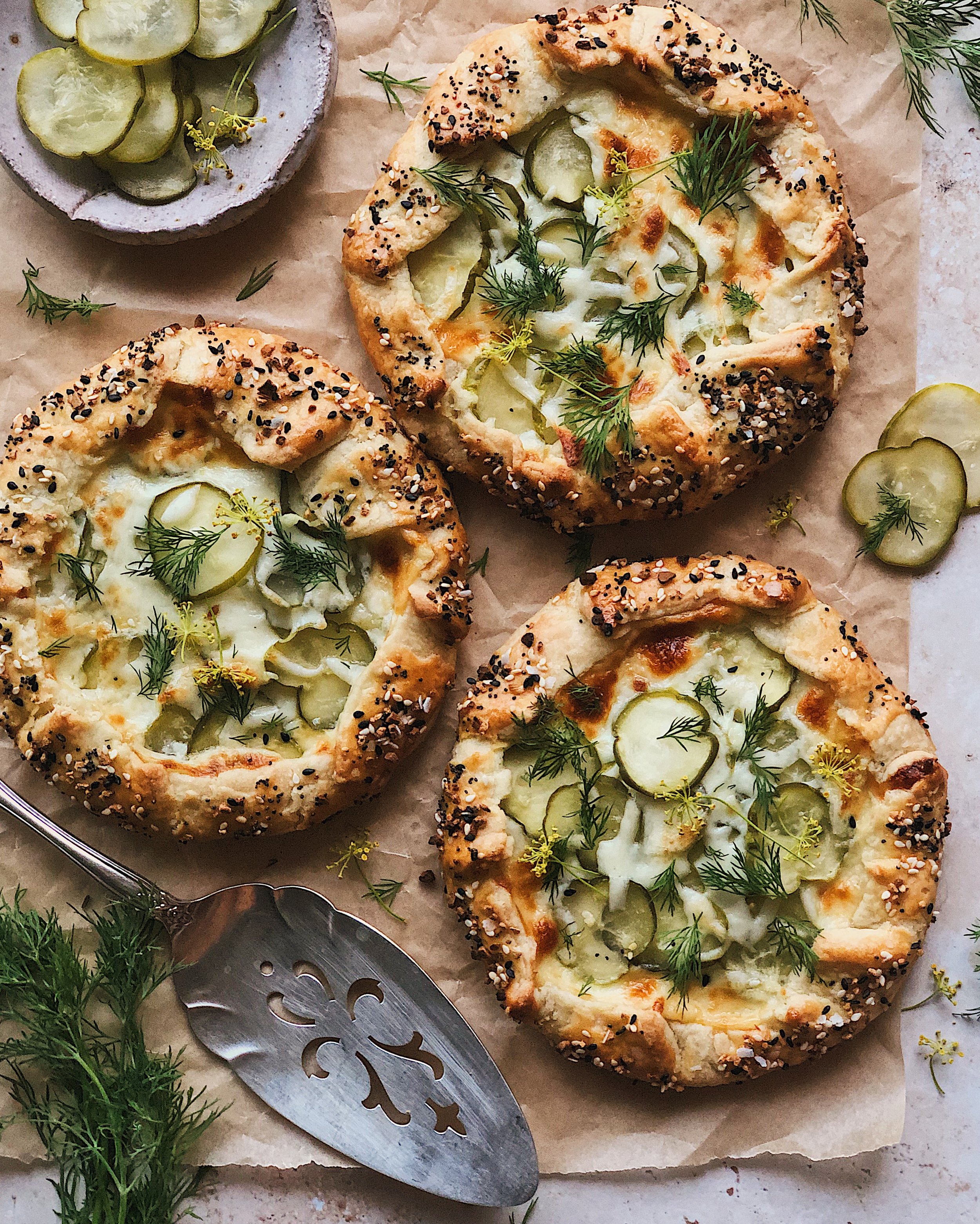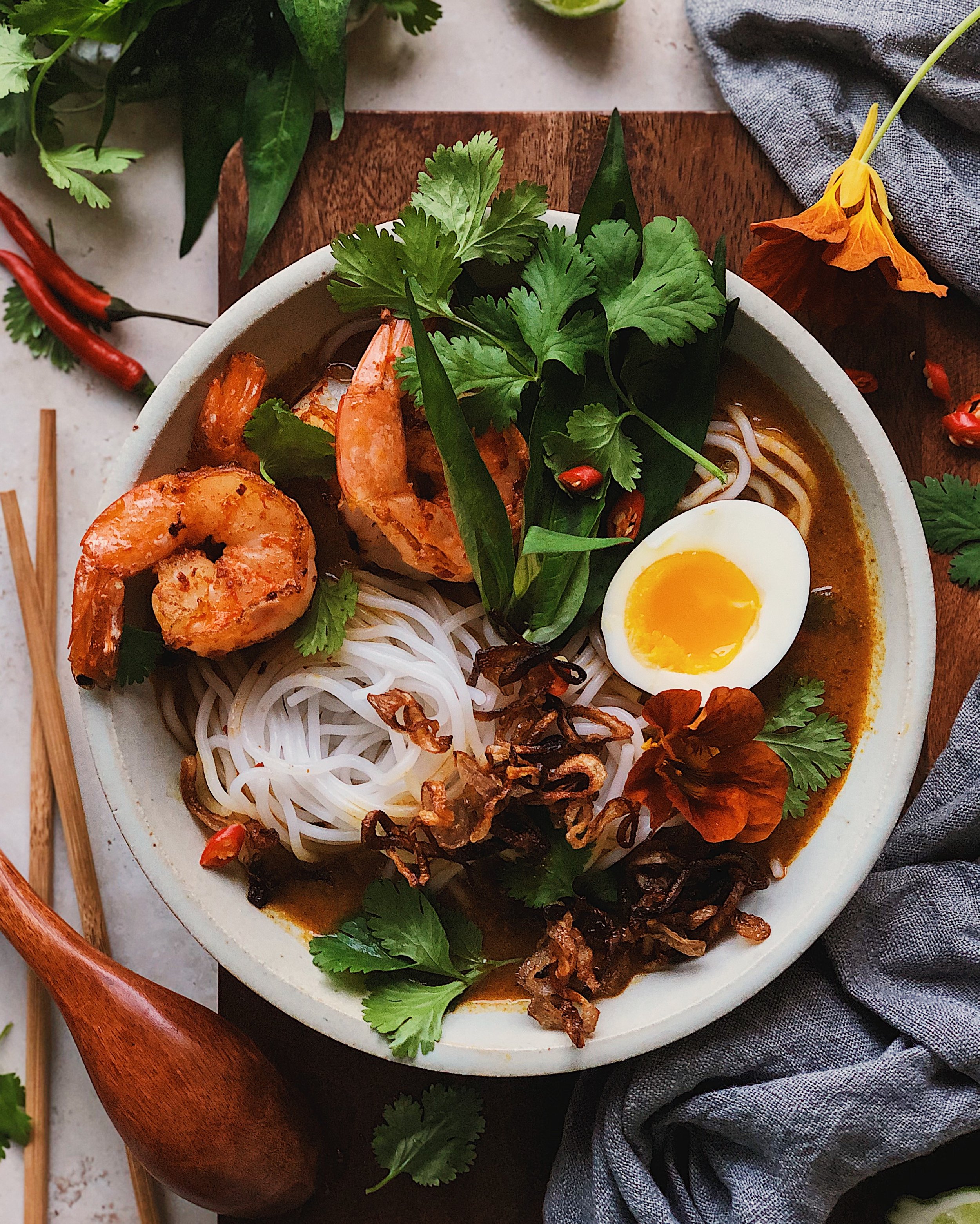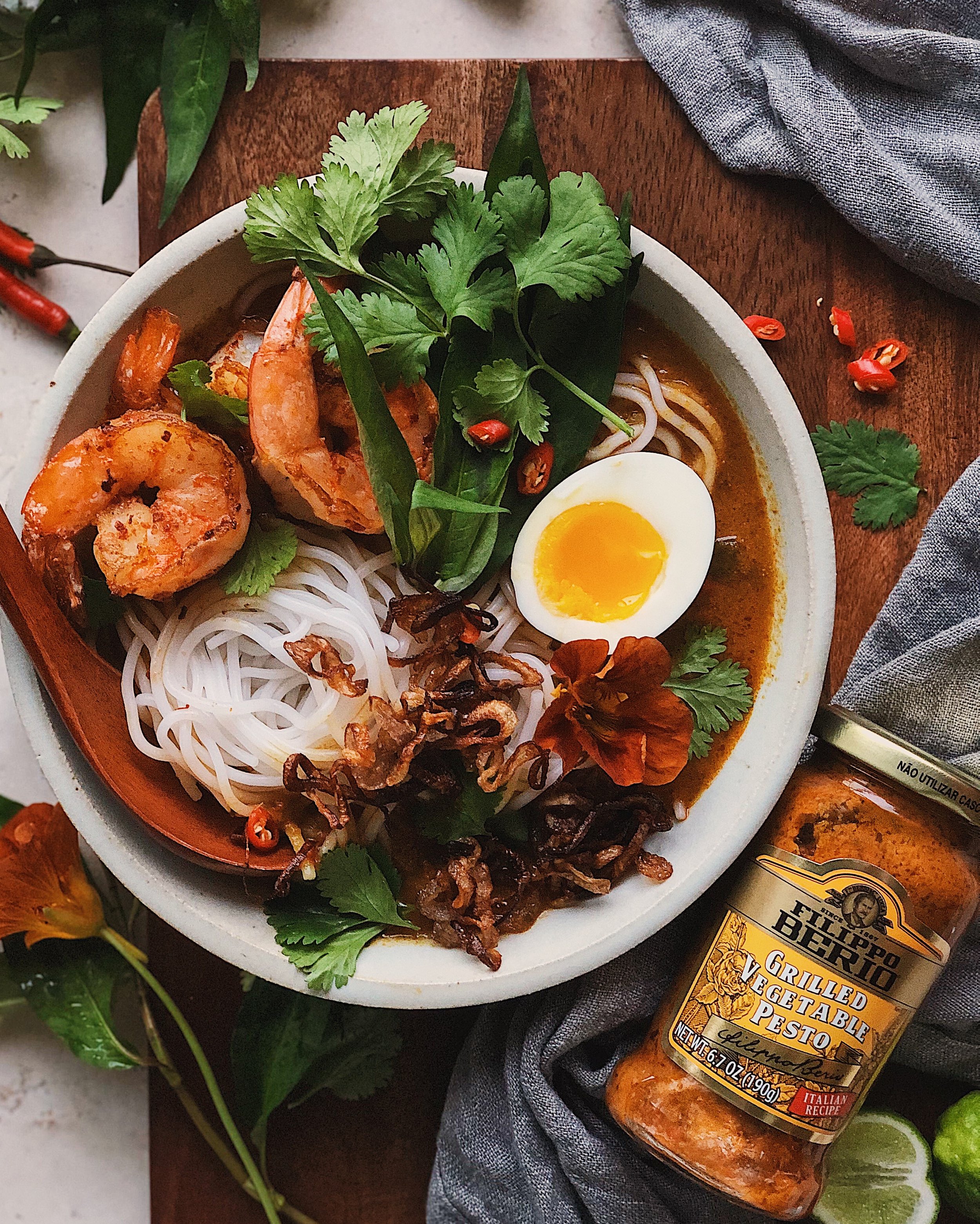Recipe: Salt and Pepper Fried Pickles
/These salt and pepper fried pickles feature light-as-air and shatteringly crispy battered tangy dill pickle chips, seasoned with a tingly and complex spice blend, and tossed with fried garlic and chilies.
Maybe you’ve heard of salt and pepper tofu or salt and pepper squid? These are Cantonese-American classics that you’d find at your typical Chinese takeout spot in the US and they involve coating the main ingredient, whether it is tofu or squid or something else, in cornstarch before frying and then tossing them in a dry seasoning blend that leans heavily on the subtle and underrated white pepper powder.
I’ve come to realize that you can make salt and pepper anything, really. But I think I’ve come up with the best iteration of this simple but brilliant Cantonese concept, and that is salt and pepper fried pickles!
I am a massive pickle lover and beyond simply loving them for their taste or their practicality, what I love about pickles is that nearly every food culture has their own version of them. It’s one of those connectors that proves there’s common ground for us all. For this recipe, I used crinkle-cut dill pickle chips but I imagine there are other versions of pickles from around the world that would also be amazing for this recipe.
I can never resist fried pickles when I see them on the menu but they are also pretty simple to make at home. I usually associate fried pickles with being a Southern American thing, so the batter typically has a cornmeal component to it. This fried pickle recipe is different from other fried pickle recipes because it doesn’t have that cornmeal texture in the batter, nor does it utilize a cakey batter like the ones that you would find for fried fair foods. It’s also different from the typical Cantonese salt and pepper recipe because the pickles really need more than just a cornstrach coating to make them crispy and give them something for the seasoning to cling to. So instead, I made an incredibly light and super crisp batter, similar to a tempura batter. It fries up so nicely that they were still crispy hours after I fried them, when we finally sat down for dinner after I was done taking photos and frying up some wings to go with them.
Some notes about the ingredients for Salt and Pepper Fried Pickles
Seasoning Blend: A “salt and pepper” dish is seasoned with more than just salt and pepper. I seasoned my crispy fried pickles with a blend of table salt, white pepper, five spice powder, ground Sichuan pink pepper, and ground dried porcini mushrooms. This blend is slightly tingly and big on umami. Sichuan pepper is typically sold dried and looks like peppercorns; this is typically used to produce “mala” or numbing spicy dishes. I grind it into a fine powder myself with a spice grinder. If you do not have the ability to make this ingredient, you could substitute for more white pepper instead. If you do not have porcini powder, you could substitute with a pinch of MSG or just omit it. Note that this recipe produces more seasoning than you would actually need for the pickles.
Pickle Chips: I used crinkle-cut dill pickle chips by Grillo’s and they worked super well for this recipe. (Not sponsored, but please sponsor me because I love you, Grillo’s!) You could cut your own slices from a whole Kosher dill pickle or go with a brand of your choosing, but I’d recommend using something with a thickness of 3/8” to 1/4”. For best results, let the pickles sit in a single layer between paper towels for a bit to rid them of the excess moisture; if you are in a hurry, at least pat them dry with paper towels before they hit the batter to avoid splatter when frying.
Dry Ingredients: The base of the airy batter is all purpose flour, cornstarch, baking powder, and a bit of the seasoning blend from above. Sift them together to ensure a smooth and light consistency.
Carbonated Water: Using cold, very carbonated water is the key to making the super light, super crispy batter. I have a Sodastream to carbonate my own water and at the very last moment, after my frying oil is already hot and my dry ingredients are already whisked together, I take a bottle of water out of the fridge and carbonate it until the machine makes angry sounds at me. If you do not have this option at home, I find that Crystal Geyser water is pretty carbonated.
Fried Garlic and Chilies: All classic salt and pepper dishes get a finishing touch of being tossed with fried garlic and sliced chilies. The fried pickles are flavorful enough without this step, but it does kick it up a notch as well as keeping it true to the Cantonese-American inspiration, so I encourage you to go for it! I used thinly sliced serrano chilies. If you want this part to have even more of a spicy kick, go for Thai bird’s eye chilies instead.
Serving Suggestions
The recipe for the seasoning mix makes more than you will need for just the pickles (it was necessary for providing measurements that people could reasonably follow). I suggest making salt and pepper party wings to go with the fried pickles and to use up the remaining seasoning! To make them, follow my recipe for brined party wings here, and then season the wings to taste with the remaining seasoning mix.
These salt and pepper fried pickles go great with a bit of Japanese mayo (Kewpie) at the dipping sauce!
This recipe was adapted from @jun.and.tonic’s recipe for enoki mushrooms. You could also use any leftover batter from this recipe to fry up enoki or maitake (hen-of-the-wood) mushrooms.
How to Make Salt and Pepper Fried Pickles
Ingredients for the Seasoning
3/8 tsp table salt
3/8 tsp ground white pepper
1/4 tsp five spice powder
1/4 tsp ground Sichuan pepper
1/4 tsp dried porcini powder
Ingredients for the Fried Pickles
30–40 dill pickle chips (about a 1-pint container)
1/2 cup all purpose flour
5 tbsp cornstarch
1/2 tsp baking powder
1/4 tsp seasoning mix
3/4 cup cold, very carbonated water
neutral oil, for deep frying
3–4 cloves garlic, chopped
1–2 serrano or jalapeno chilies, thinly sliced
1–2 red bird’s eye chilies, thinly sliced (optional)
1 scallion, thinly sliced (optional)
1 sprig dill, chopped (optional)
Japanese mayo, for dipping (optional)
Procedure
Mix the seasoning ingredients in a small bowl and set aside.
Place pickle chips in a single layer on top of paper towels to dry away the excess moisture.
In a small mixing bowl, sift together the flour, cornstarch, baking powder, and 1/4 teaspoon of the prepared seasoning mix.
In a dutch oven or other deep-frying vessel, add about 1 inch of neutral oil. Heat the oil on the stove to prepare for deep frying.
When the pickles are patted dry and the oil is ready, add the carbonated water to the dry ingredients and stir gently until incorporated. Working in batches that won’t crowd your cooking vessel, coat the pickles in batter and fry until the coating starts to turn color towards a pale golden brown. Repeat until all the pickles are fried. Keep the oil hot for the second fry.
Scoop about 1 tablespoon of the hot oil into a small pan on medium-low heat. Add the garlic and fry until it starts to turn golden, stirring continuously. Add the chilies and continue to stir fry until the garlic is crunchy and golden. Turn off heat.
Return the fried pickles all together into the deep frying oil and fry until the coating is golden. Remove and drain on a tray/plate lined with paper or paper towers. Combine the fried pickles plus the garlic and chili pepper mixture into a large bowl. Toss together to combine and then sprinkle the seasoning mix over everything to taste and toss again.
Transfer to a serving dish. Garnish with scallions and/or dill, if desired. Serve with Japanese mayo for dipping.
